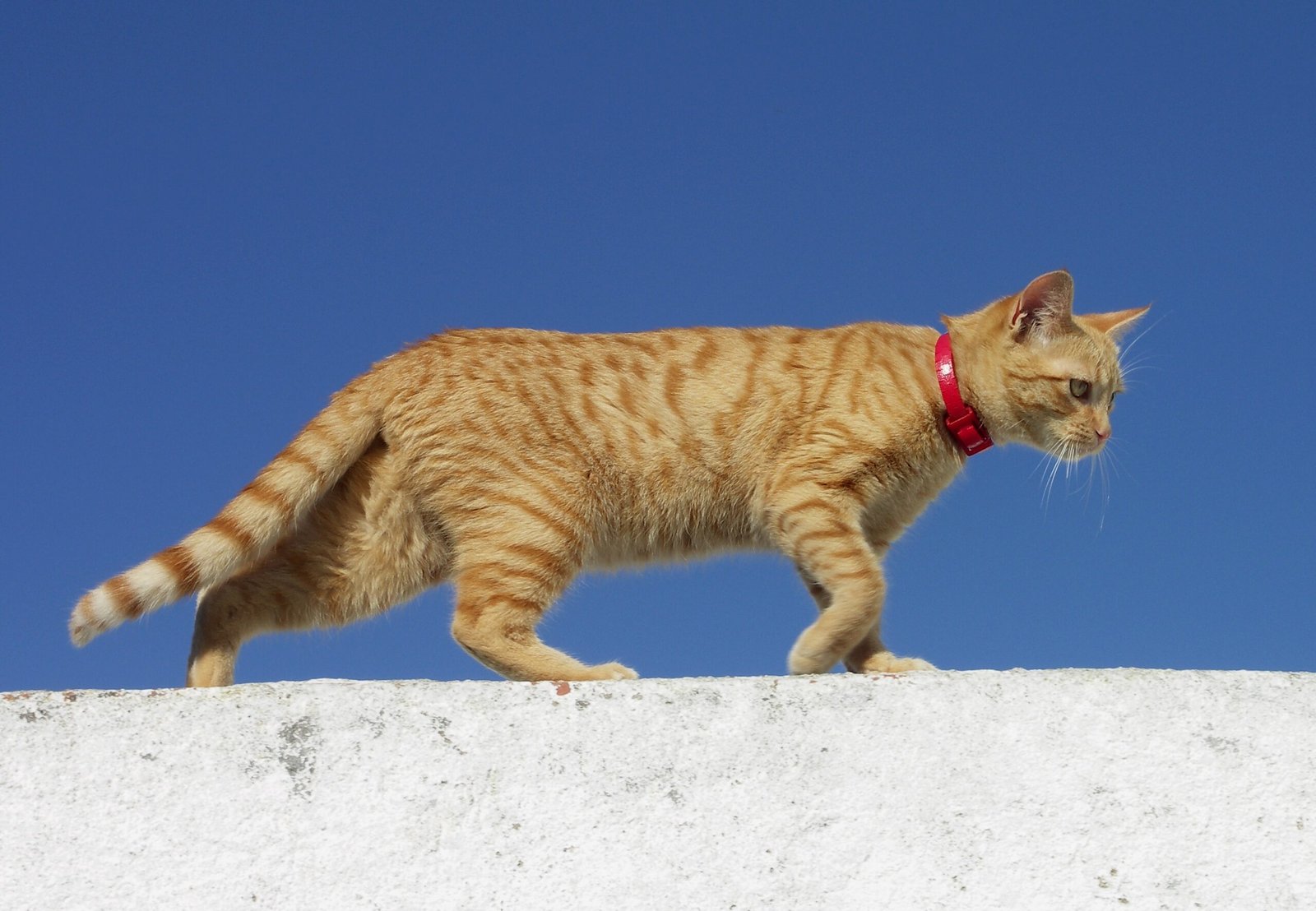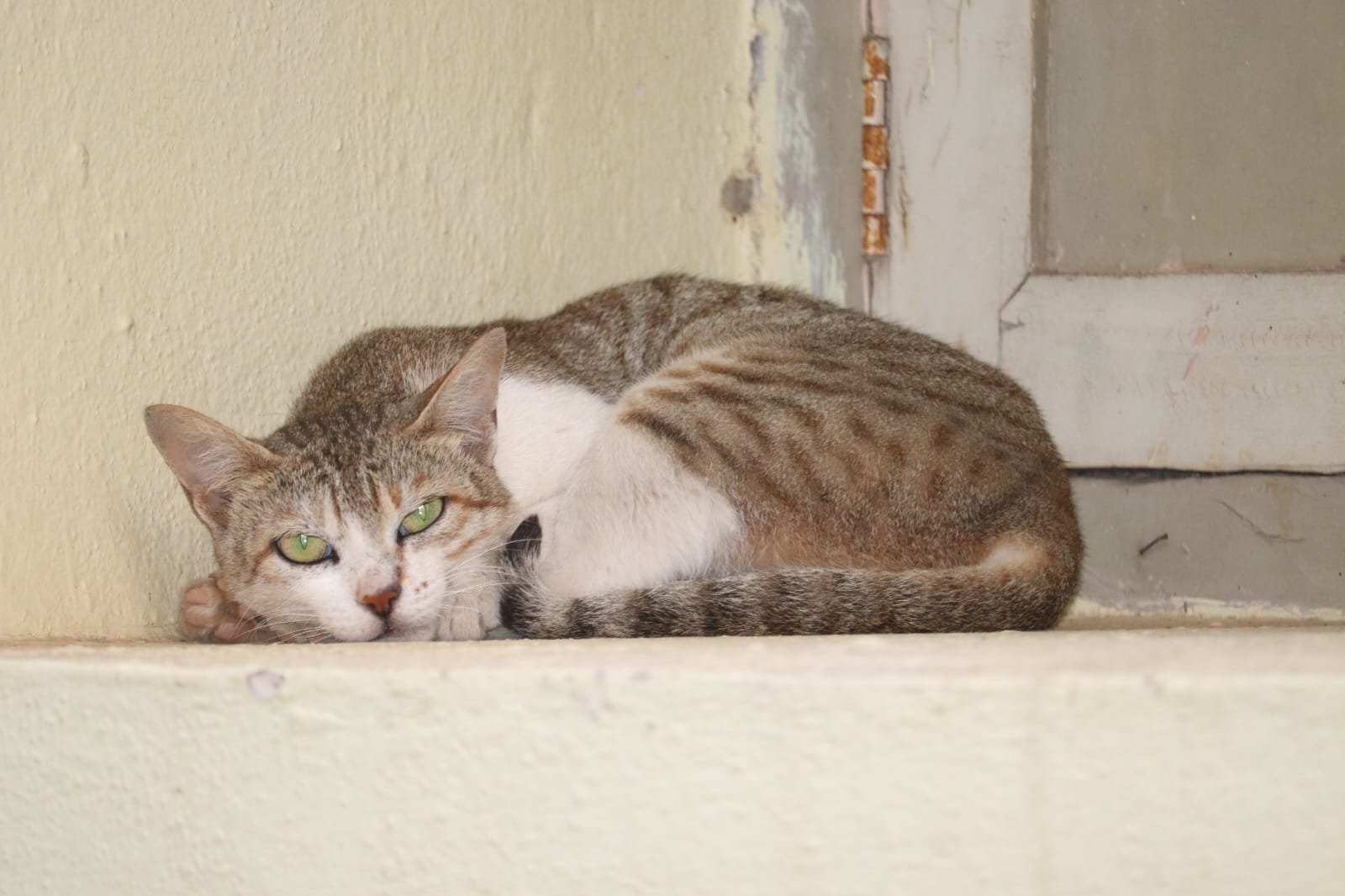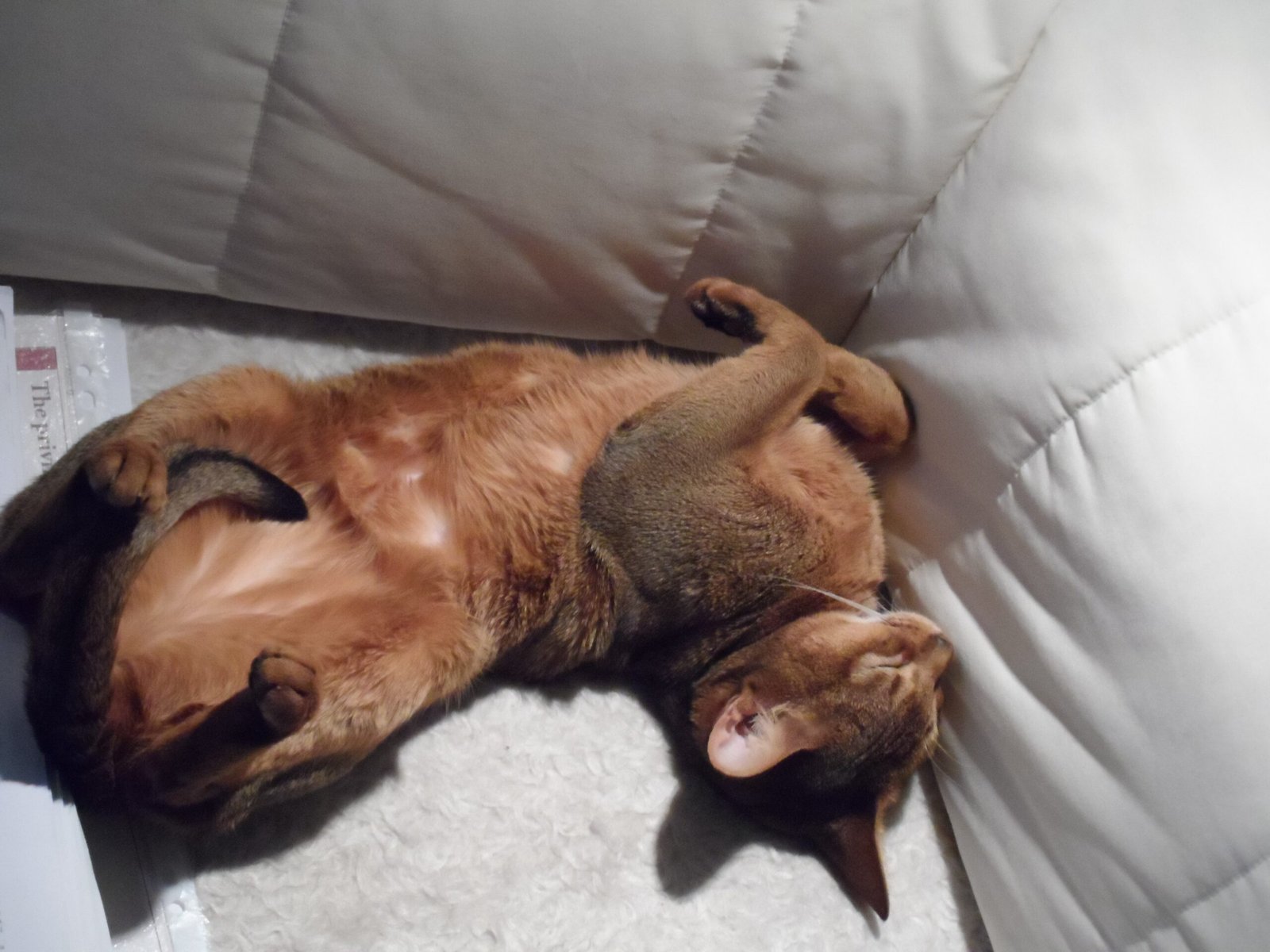Have you ever reached out to cuddle your cat, only to have them slip away as if you were a stranger? It can sting, right? But what if this feline aloofness isn’t about you at all—what if it’s about trust, safety, and respect? For every cat lover who’s wondered how to make their kitty feel truly at ease, understanding the delicate dance of affection is nothing short of life-changing. Let’s unravel the mysteries behind feline comfort and see why sometimes, love means giving space.
Understanding the Cat’s Natural Instincts

Cats are mysterious creatures, often acting with a blend of independence and curiosity. Unlike dogs, who have been bred for centuries to crave human companionship, cats retain many traits from their wild ancestors. In the wild, a cat’s survival depends on being alert and cautious. Forced closeness can feel threatening, almost as if their freedom is under siege. These instincts are still very much alive in our domestic cats today. They prefer to approach on their own terms, and when they do, it’s a sign of deep trust. Forcing affection can trigger their flight response, making them less likely to come to you willingly. Understanding this basic instinct is key to building a better relationship with your feline friend.
The Importance of Choice for Cats

Think about how you feel when someone ignores your wishes or invades your personal space. Cats are much the same; they value autonomy and want to decide when, how, and if they’ll interact. When you let your cat choose how to engage, you’re showing respect for their boundaries. This builds a foundation of trust that can’t be rushed. Cats that know they can walk away whenever they want are more likely to feel secure. A cat that feels safe will often return for affection on their own, sometimes in surprising ways, like curling up next to you when you least expect it. Giving them choice doesn’t mean they love you less—it means they feel safe enough to express affection freely.
Signs Your Cat Feels Safe Around You

Cats have subtle ways of showing they trust you, and these signs can be easy to miss. A confident cat might blink slowly at you, knead your lap, or expose their belly (a vulnerable spot). These are huge signs in the cat world! Purring, following you from room to room, and bringing you “gifts” like toys are all ways your cat says, “I feel safe with you.” If your cat seeks you out for gentle head butts or cheek rubs, take it as a compliment. These behaviors are their way of initiating contact, rather than tolerating forced affection. Learning to recognize these signs helps you respond in ways that reinforce your cat’s sense of security.
The Downside of Forced Affection

It’s tempting to scoop up your cat when they look especially cute, but forced affection can backfire. When a cat is held or petted against their will, they may become stressed or anxious. This can lead to avoidance behaviors, like hiding or even biting. Over time, your cat might start to associate your hands with uncomfortable experiences. This can erode trust, making your cat less likely to seek your company. Some cats may even develop behavioral problems, such as excessive grooming or aggression. Respecting your cat’s boundaries is not just kind—it’s essential for a happy relationship.
Building Trust Through Patience

Patience is the magic ingredient in any relationship with a cat. Instead of rushing into cuddles, let your cat come to you at their own pace. Sit quietly in a room, read a book, or offer a treat, and let your cat investigate when they’re ready. This approach, sometimes called “cat time,” helps your cat understand you’re not a threat. Over days or weeks, you’ll likely see your cat become more curious and affectionate. The more you respect their need for space, the more they’ll reward you with trust—and eventually, moments of genuine closeness. Think of trust as a plant: it grows slowly, but with care, it blossoms beautifully.
The Role of Body Language in Feline Communication

Cats speak volumes with their bodies, and understanding their signals is crucial. A relaxed tail, forward ears, and soft eyes all indicate comfort. If your cat’s tail is twitching or their ears flatten, take it as a sign to back off. Learning to read these cues means you can interact in ways that make your cat feel secure. Responding to their signals helps build a communication bridge that deepens your bond. When a cat realizes you understand their language, they’re more likely to approach you for affection. Sometimes, the best conversations happen in silence, with just a gentle blink or a soft purr.
How to Encourage Affection Without Pressure

Creating a safe, inviting environment is a great way to encourage your cat to show affection on their own terms. Sit at their level and offer a hand for them to sniff. Use soft, calming voices and avoid sudden movements. Offer treats or toys as a way to create positive associations. Some cats enjoy being gently brushed or stroked, but always let them decide when to start and end the session. By giving your cat choices and respecting their limits, you invite them to seek out closeness without fear. Over time, you may find your cat curling up next to you more often, simply because they know they can trust you.
What Happens When Cats Feel Truly Safe

When a cat feels genuinely safe, their personality shines through. You might notice them becoming more playful, talkative, or affectionate in ways you didn’t expect. They may greet you at the door, sleep on your bed, or bring you little gifts. Safe cats are more likely to explore their surroundings confidently and interact with other pets or family members. Their health may even improve, as stress can impact everything from their appetite to their immune system. The joy of seeing a once-shy cat blossom into a loving companion is a reward like no other, and it all starts with respecting their need for choice and space.

Linnea is a born and bred Swede but spends as much time as possible in Cape Town, South Africa. This is mainly due to Cape Town’s extraordinary scenery, wildlife, and atmosphere (in other words, because Cape Town is heaven on earth.) That being said, Sweden’s majestic forests forever hold a special place in her heart. Linnea spends as much time as she can close to the ocean collecting sea shells or in the park admiring puppies.






